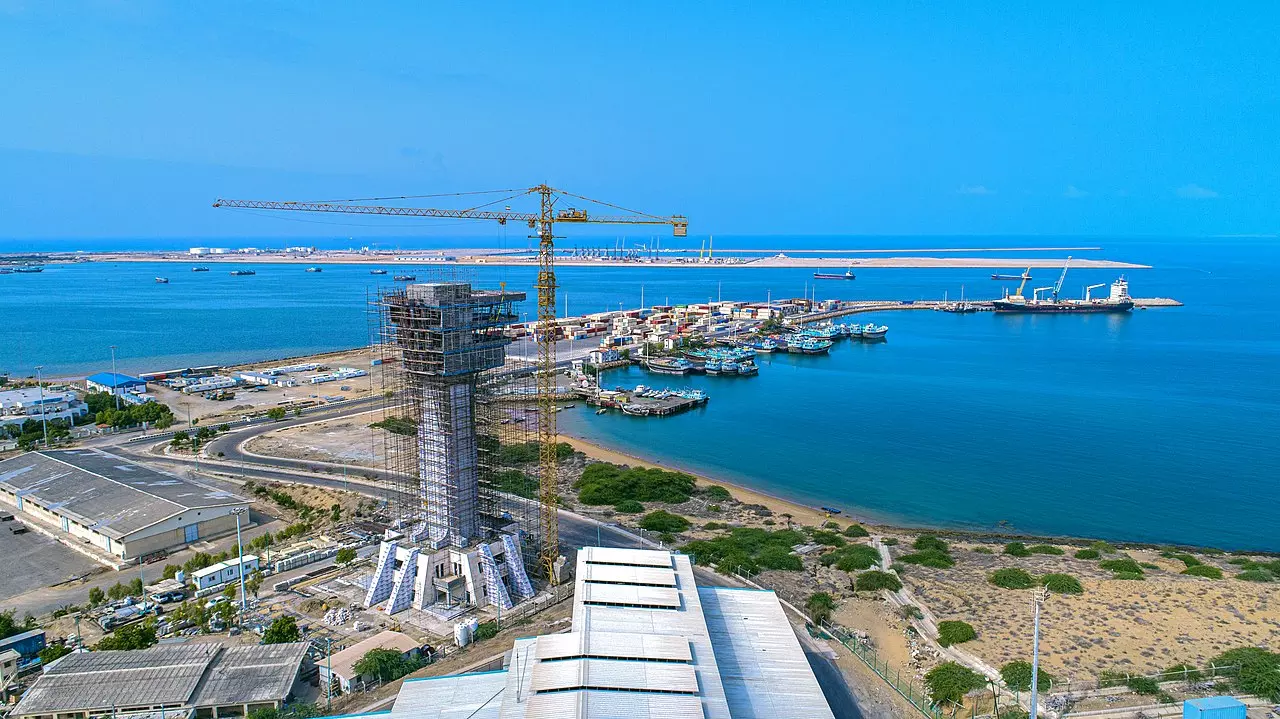
Why the Chabahar port deal with Iran is strategically important for India
The port will be India’s counter to Pakistan’s Gwadar port and China’s Belt and Road Initiative. Chabahar port lies 72 km from the China-built Gwadar port

The Chabahar port in Iran, which India will operate under a 10-year contact signed with Tehran, will not only boost regional connectivity and trade but also holds immense strategic value to New Delhi.
This is the first time India will manage an overseas port that will have a multiplier effect on trade among India, Iran and Afghanistan even as efforts continue to directly tap the economic potential in Central Asia.
Key gateway
Located on the Gulf of Oman and initially proposed for development in 2003 by New Delhi, the port will serve as a crucial gateway for Indian goods to access both landlocked Afghanistan and Central Asia.
The port is also significant as it will be India’s counter to Pakistan’s Gwadar port and China’s Belt and Road Initiative. The Chabahar port lies 72 km from the Gwadar port, which has been developed by China.
Indian Ocean
The port’s significance is enhanced as it is located near the Strait of Hormuz and the Indian Ocean.
Central Asian countries have expressed a desire to leverage Chabahar to gain access to the Indian Ocean as well as India’s vast market. Indian traders and investors too can use the port to build business opportunities in Central Asia.
Multi-mode transport
This will be achieved through the implementation of the International North-South Transport Corridor (INSTC), a road and rail project that will bypass Pakistan.
The INSTC is a 7,200-km-long multi-mode transport project for moving freight among India, Iran, Afghanistan, Armenia, Azerbaijan, Russia, Central Asia and Europe.
China angle
The port’s strategic importance cannot be underestimated. It will serve India if China flexes naval powers in the Indian Ocean.
No wonder, the United States reacted curtly after India and Iran on Monday signed a 10-year contract for the operation of a terminal at the strategically important Chabahar port in Iran, a country with which Washington has frosty ties.
The contract was signed by India Ports Global Ltd (IPGL) and Iran's Port and Maritime Organisation (PMO).
Major terminal
Under the pact, India will manage Chabahar’s Shahid-Beheshti terminal, with a total area of 254 hectares, of which the open storage area is 16 hectares. It has a warehouse spread over 30,000 square metres.
“This agreement aims to enhance regional connectivity and facilitate trade, particularly between India, Iran and Afghanistan,” an official Indian statement said after the deal was signed.
Multiplier effect
India has allocated Rs 100 crore for the Chabahar port for 2024-25.
“This lease agreement further strengthens the bilateral ties between the two countries while bolstering confidence and boosting trust of trading communities from the region,” the Indian statement said.
The Indian government said the signing of the contract will have a multiplier effect on the viability of Chabahar port, located in the Sistan-Balochistan province on the energy-rich Iran’s southern coast.
India-Iran ties
India has been pushing for the Chabahar port project to boost regional trade, especially for its connectivity to Afghanistan.
In 2013, India committed to investing $100 million to develop the Chabahar port. Indian Prime Minister Narendra Modi visited Iran in 2016.
Private investment
External Affairs Minister S Jaishankar said on Monday that the port will help connect India and Central Asia better.
Indian officials say once the Chabahar port becomes a trade hub, the import of rice, sugar and iron ore to India will improve. India will ask the private sector to invest by providing equipment to develop the port.
(With agency inputs)

